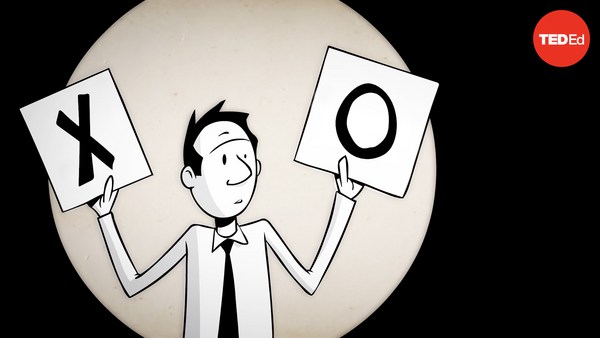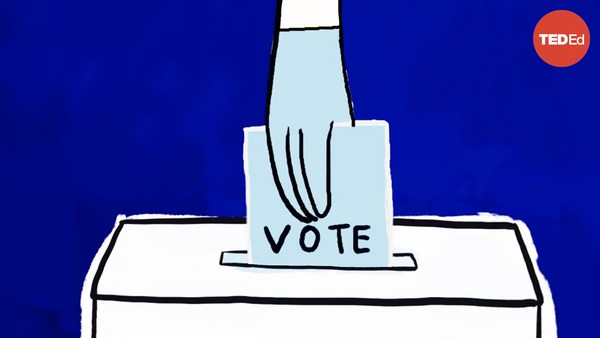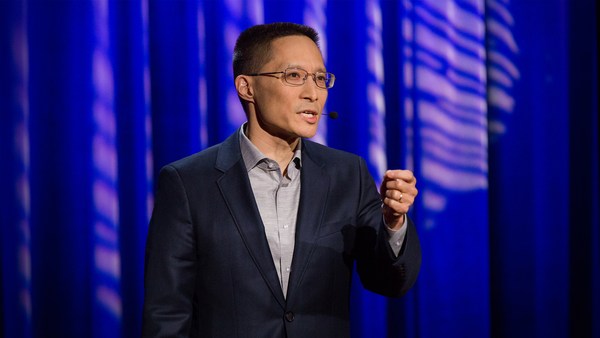Most people have heard of the Electoral College during presidential election years. But what exactly is the Electoral College? Simply said, it is a group of people appointed by each state who formally elect the President and Vice President of the United States. To understand how this process began and how it continues today, we can look at the Constitution of the United States: article two, section one, clause two of the constitution. It specifies how many electors each state is entitled to have. Since 1964, there have been 538 electors in each presidential election. How do they decide on the number 538? Well, the number of electors is equal to the total voting membership of the United States Congress. 435 representatives, plus 100 senators, and 3 electors from the District of Columbia. Essentially, the Democratic candidate and Republican candidate are each trying to add up the electors in every state so that they surpass 270 electoral votes, or just over half the 538 votes, and win the presidency. So how do states even get electoral votes? Each state receives a particular number of electors based on population size. The census is conducted every 10 years, so every time the census happens, states might gain or lose a few electoral votes. Let's say you're a voter in California, a state with 55 electoral votes. If your candidate wins in California, they get all 55 of the state's electoral votes. If your candidate loses, they get none. This is why many presidential candidates want to win states like Texas, Florida, and New York. If you currently add up the electoral votes of those three states, you would have 96 electoral votes. Even if a candidate won North Dakota, South Dakota, Montana, Wyoming, Vermont, New Hampshire. Connecticut and West Virginia, they would only gain 31 electoral votes total from those eight states. Here is where it can get a little tricky. On a rare occasion, like in the year 2000, someone can win the popular vote but fail to gain 270 electoral votes. This means that the winner may have won and collected their electoral votes by small margins, winning just enough states with just enough electoral votes, but the losing candidate may have captured large voter margins in the remaining states. If this is the case, the very large margins secured by the losing candidate in the other states would add up to over 50% of the ballots cast nationally. Therefore, the losing candidate may have gained more than 50% of the ballots cast by voters, but failed to gain 270 of the electoral votes. Some critics of the electoral college argue the system gives an unfair advantage to states with large numbers of electoral votes. Think of it this way. It is possible for a candidate to not get a single person's vote -- not one vote -- in 39 states, or the District of Columbia, yet be elected president by winning the popular vote in just 11 of these 12 states: California, New York, Texas, Florida, Pennsylvania, Illinois, Ohio, Michigan, New Jersey, North Carolina, Georgia or Virginia. This is why both parties pay attention to these states. However, others argue that the electoral college protects small states such as Rhode Island, Vermont and New Hampshire, and even geographically large states with small populations like Alaska, Wyoming and the Dakotas. That's because a candidate can't completely ignore small states, because in a close election, every electoral vote counts. There are certain states that have a long history of voting for a particular party. These are known as "safe states." For the past four election cycles -- in 1996, 2000, 2004 and 2008 -- Democrats could count on states like Oregon, Maryland, Michigan and Massachusetts, whereas the Republicans could count on states like Mississippi, Alabama, Kansas and Idaho. States that are teetering between between parties are called "swing states." In the past four election cycles, Ohio and Florida have been swing states, twice providing electoral votes for a Democratic candidate, and twice providing electoral votes for a Republican candidate. Think about it. Do you live in a safe state? If so, is it a Democratic or Republican safe state? Do you live in a swing state? Are your neighboring states swing or safe? Is the population in your state increasing or decreasing? And do not forget, when you are watching the electoral returns on election night every four years and the big map of the United States is on the screen, know that the magic number is 270 and start adding.





